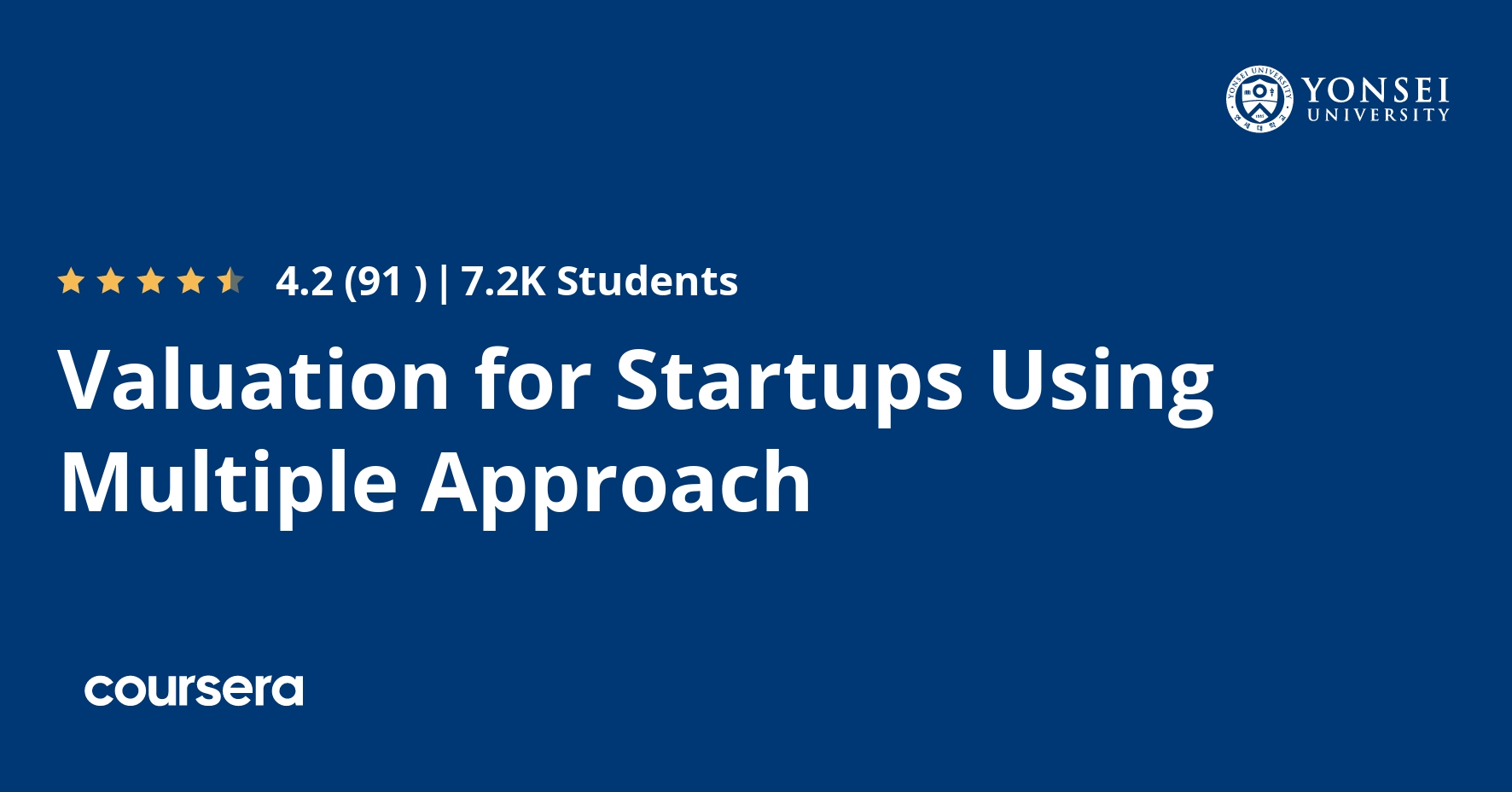Description
In addition to discounted cash flow method, multiple method is one of the most popular methods of firm valuation. PER is often used among financial professionals to make a quick-and-dirty estimate of a firm value. In this course, you are going to learn the concept and usage of PER, PBR and PSR. In addition to these basic multiple ratios, you are going to learn how to make an estimate of enterprise value and founder’s ownership before and after additional funding. Startups require a number of financings before IPO. After taking this course, you are going to be able to answer questions such as What the price per share should be given the startup’s estimate of earnings in the future; How many shares the founder should give up to raise additional capital; and so on? In the discounted cash flow method and multiple method, you are always given earnings or cash flows to make estimate of firm value. In this course, you are also going to learn how to generate cash flows or earnings from the financial statements. After taking this course, you will be able to understand the meaning of financial statements such as balance sheet, income statement and cash flow calculation.
What you will learn
Valuation Based on Comparable Firms
In company valuation, the most often used multiples are PER, PBR, and PSR. PER is the ratio of stock price per share to earnings per share. Since most startups have negative earnings, you cannot use PER in starup. It is the reason why you should know PBR or PSR for startup valuation. After this module, you will be able to explain the concept of those multiples and calculate them easily.
Pre & Post-money valuation
Investors often talk about the pre-money or post-money valuation of a company at the time they invest. This module will introduce you to concepts of pre-money and post-money valuation. By the end of this module, you can distinguish pre-money and post-money valuation.
Financial Statements
Financial statements summarize information about a firm. In order to evaluate and diagnose performance for your startup, your first step is to assess the company’s current condition and interpret financial statements. Thus, through this module, you will briefly learn main financial statements: balance sheet, income statement, and cash flow statement.
Cash Flow
In this module, you will learn cash flow identity which consists of cash flow to assets and cash flow to creditors and stockholders. Furthermore, you are able to calculate cash flow. Basically, this module is strongly related to module 3, financial statements. Students are encouraged to review all contents in module 3. Lastly, wrap-up review lecture are provided.




